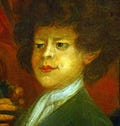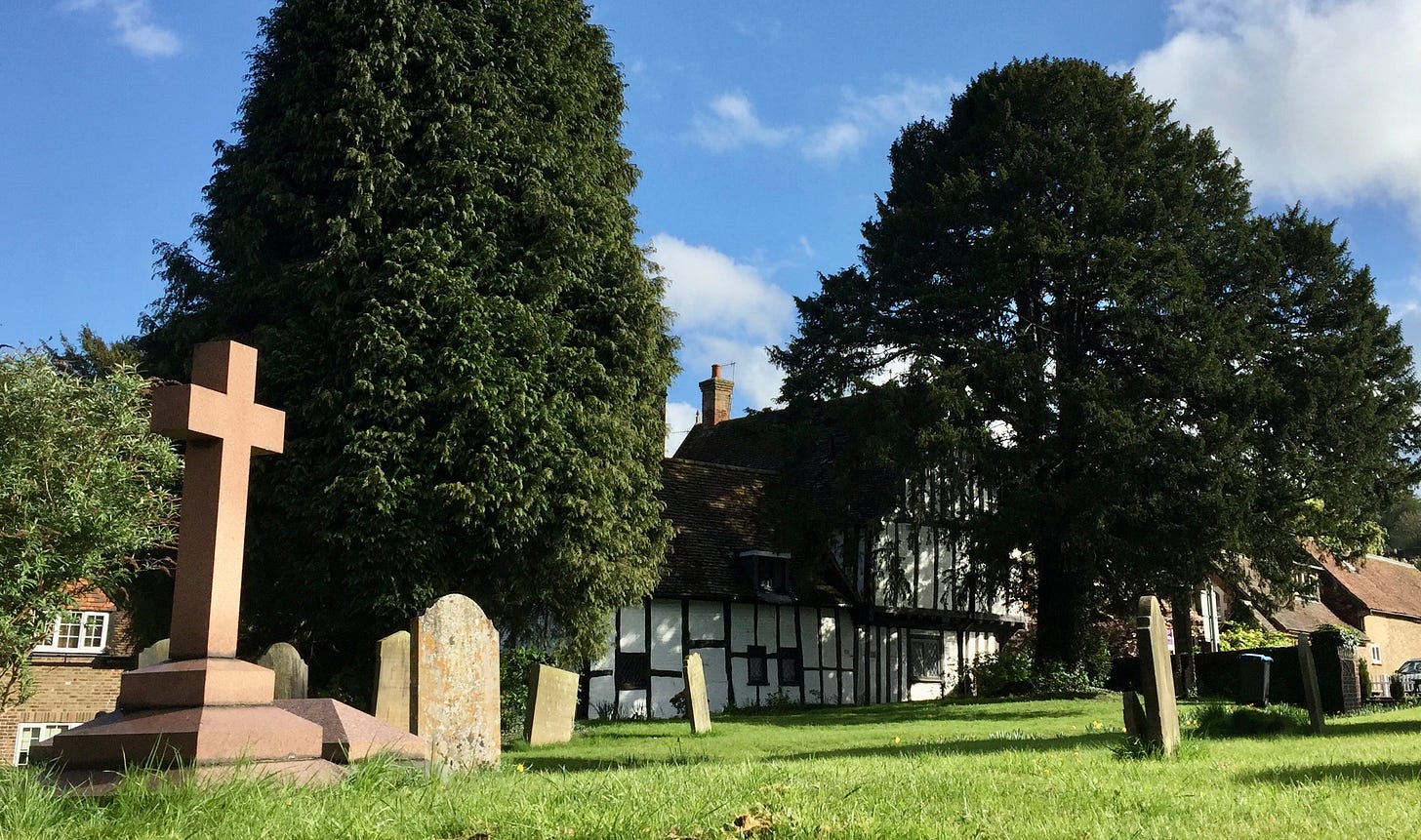Peter the Wild Boy
Just how a wild forest boy from Germany was adopted by an English king and came to live in Berkhamsted in the Chilterns, is an astonishing story.
In 1725, whilst on a hunting trip in Hanover in Germany, King George l (1660 - 1727), came across a feral boy who got about on all fours. Of unknown age or parentage, he was said to “exhibit uncivilised behaviour’ and was unable to communicate. He had survived by scavenging what forest food he could find, and from the remains of a shirt collar around his neck, had at one time been in someone’s care.
Peter lived at court as a curiosity
Brought to England to live at the court at St James’s, his behaviour was at odds with convention: he seemed not the least embarrassed at finding himself in the midst of fashionable assembly. Getting about using his arms, howling and laughing at the king no less, as he was still, despite lessons on decorum and speech, unable to communicate. The courtiers were both charmed and scandalised by his antics.
The interior designer and painter William Kent included a depiction of Peter in a large painting of King George I’s court servants that today hangs on the east wall of the King’s Staircase at Kensington Palace in London. Peter is shown wearing a green coat and holding oak leaves and acorns in his right hand, with distinctive cupid lips.
The king tired of his ‘wild boy’ and so Peter was entrusted to the care of Mrs Titchbourn, a close friend of Queen Sophia, along with a handsome annual pension of £35. Mrs. Titchbourn usually spent a few weeks every summer at the house of Mr James Fenn, a yeoman farmer at Axter's End, in the parish of Northchurch, which is how he came to live in the Chilterns until his death in 1785.
A reward for a safe return
In the late summer of 1751 Peter went missing from his home at Broadway Farm. Advertisements were placed in newspapers offering a reward for his safe return. On 22 October 1751 a fire broke out in the parish of St Andrew’s, 122 miles away in Norwich and as the fire spread, the local gaol became engulfed in smoke and flames. The frightened inmates were hastily released and one aroused curiosity on account of his remarkable appearance and the nature of the sounds he made, which led some to describe him as an orangutang. He was then identified as Peter the Wild Boy, possibly through a description of him in the London Evening Post. He was returned to Fenn's farm, and a special leather collar with his name and address was made for him to wear, should he ever stray again.
Peter died on 22nd February 1785 and is buried in the churchyard of St Mary's Church, Northchurch. In his 70’s, he lived a peaceful life with intermittent adventures into the nearby Ashridge forest and was fond of gin and onions! The simple headstone was paid for by the community and is now engulfed by the large bush, so look carefully directly opposite the main church door and you will find it. In 2013, on the advice of English Heritage, the grave was given the Grade II listing it deserves. Inside the church you will find a commemorative plaque.
No matter how many times I hear his story, I still find it incredible that not only was Peter the Wild Boy found by an English king in Germany, given a home in another country, but that his story has survived at all. When I visited, flowers had been left at his grave, a fitting tribute to a special man.
Peter is now believed to have suffered from the rare genetic disorder known as Pitt-Hopkins Syndrome, a condition identified in 1978, nearly 200 years after Peter's death.
A lovely short video with Lucy Worsley reporting from Kensington Palace.




